General
Exploring Affordable Home Siding Options: A Comprehensive Guide
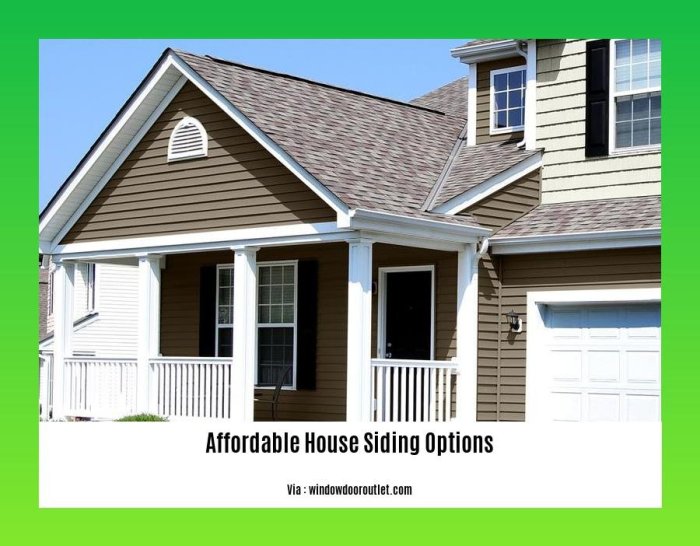
Delving into the realm of affordable home siding options opens up a world of possibilities for homeowners looking to revamp their exteriors without breaking the bank. From cost-effective materials to durability considerations, this guide offers a wealth of information to help you make informed decisions for your home.
Detailing the different types of siding options and their unique characteristics, this guide equips you with the knowledge needed to navigate the world of home renovations with confidence.
Types of Affordable Home Siding Options
When it comes to choosing affordable home siding options, there are several materials to consider. Each type of siding has its own pros and cons, durability, maintenance requirements, and cost-effectiveness.
Vinyl Siding
- Pros: Affordable, low maintenance, comes in a variety of colors and styles.
- Cons: Not as durable as other materials, can crack or fade over time.
- Durability: Can last 20-40 years with proper care.
- Maintenance: Requires occasional cleaning with soap and water.
- Cost-effectiveness: One of the most budget-friendly options.
Fiber Cement Siding
- Pros: Resistant to fire, insects, and rot, durable, low maintenance.
- Cons: More expensive upfront cost, can be heavy to install.
- Durability: Can last 50+ years with minimal maintenance.
- Maintenance: Requires occasional painting to maintain appearance.
- Cost-effectiveness: Initial cost is higher, but long-term savings due to durability.
Wood Siding
- Pros: Natural look, environmentally friendly, easy to repair.
- Cons: Prone to rot, insects, and warping, requires regular maintenance.
- Durability: Can last 20-30 years with proper care.
- Maintenance: Regular staining or painting to prevent damage.
- Cost-effectiveness: Initial cost is moderate, but ongoing maintenance can add up.
Metal Siding
- Pros: Durable, fire-resistant, low maintenance, recyclable.
- Cons: Can dent or scratch easily, may rust over time.
- Durability: Can last 40-60 years with minimal maintenance.
- Maintenance: Occasional cleaning to prevent rust and maintain appearance.
- Cost-effectiveness: Initial cost varies but long-term durability can save money.
Engineered Wood Siding
- Pros: Mimics the look of real wood, more affordable than natural wood.
- Cons: Not as durable as real wood, can be prone to moisture damage.
- Durability: Can last 20-30 years with proper maintenance.
- Maintenance: Regular painting or staining to protect against moisture.
- Cost-effectiveness: Cheaper than real wood but may require more maintenance.
Factors to Consider When Choosing Affordable Home Siding
When selecting affordable siding for your home, there are several key factors to consider to ensure you make the best choice for your needs and budget.
Impact of Climate and Weather Conditions
The climate and weather conditions in your area play a crucial role in determining the most suitable siding material for your home. For instance, if you live in a region with extreme temperature variations or frequent rainfall, you may want to choose a siding material that is durable and weather-resistant to protect your home from damage.
Importance of Energy Efficiency
Energy efficiency is another vital consideration when choosing home siding. Opting for siding materials that provide better insulation can help reduce your energy bills by keeping your home cooler in the summer and warmer in the winter. Look for siding options with high R-values to maximize energy efficiency.
Tips for Balancing Cost and Quality
Balancing cost and quality is essential when selecting affordable home siding. To achieve this balance, consider the longevity of the siding material, maintenance requirements, and potential energy savings over time. Additionally, explore different siding options and compare prices from various suppliers to find the best value for your budget.
DIY Installation vs. Professional Installation

When it comes to installing home siding, one of the key decisions homeowners face is whether to tackle the project themselves or hire professionals. Each option has its own set of advantages and disadvantages, as well as cost implications and safety considerations.
Advantages and Disadvantages of DIY Siding Installation
DIY siding installation can be a cost-effective option for homeowners looking to save money on labor costs. It also provides a sense of accomplishment and allows for customization based on personal preferences. However, DIY installation requires a significant time commitment, specialized tools, and a certain level of skill.
Mistakes can be costly to fix and may even void warranties.
Cost Implications of Hiring Professionals
While hiring professionals for siding installation may come at a higher upfront cost, it can save time and ensure the job is done correctly the first time. Professionals have the experience and expertise to handle the project efficiently and effectively.
Additionally, they may have access to discounts on materials, ultimately reducing overall costs.
Safety Considerations for DIY Siding Installation
DIY siding installation can pose safety risks, especially when working at heights or using power tools. It is essential for homeowners to follow proper safety precautions, such as using personal protective equipment, securing ladders, and working with a partner. Inexperienced individuals should consider the potential dangers involved and decide if DIY installation is the best choice for them.
Step-by-Step Guide for DIY Siding Installation for Beginners
- Choose the right siding material based on your budget and preferences.
- Prepare the exterior surface by cleaning and repairing any damage.
- Measure and cut the siding panels to fit the walls accurately.
- Install starter strips and corner pieces to ensure proper alignment.
- Attach the siding panels using nails or screws, following manufacturer guidelines.
- Finish the installation by adding trim pieces and sealing any gaps or joints.
Maintenance and Longevity of Affordable Siding Options
When it comes to affordable siding options for your home, maintenance plays a crucial role in ensuring longevity. Proper care and attention can help extend the lifespan of your siding, saving you money in the long run.Regular inspections are key to identifying any issues early on.
Look out for signs of damage such as cracks, peeling paint, or mold growth. Addressing these problems promptly can prevent them from escalating and causing further damage to your siding.
Tips for Maintaining Affordable Siding
- Regularly clean your siding with a mild detergent and water to remove dirt and debris.
- Inspect your siding at least once a year for any signs of damage or wear.
- Trim back trees and bushes near your home to prevent branches from scratching or damaging the siding.
- Repaint or touch up any areas where the paint is chipped or peeling to protect the siding from moisture.
Common Issues with Affordable Siding
- Vinyl siding may crack or warp over time, especially in extreme weather conditions.
- Fiber cement siding can absorb moisture, leading to mold growth and rot if not properly maintained.
- Wood siding is susceptible to rot and insect damage if not treated and sealed regularly.
Comparison of Lifespan for Affordable Siding Materials
| Siding Material | Lifespan |
|---|---|
| Vinyl | 20-40 years |
| Fiber Cement | 25-50 years |
| Wood | 15-30 years |
Importance of Regular Inspections and Repairs
Regular inspections and repairs are essential for maintaining the integrity of your siding. By addressing issues promptly, you can prevent costly repairs down the line and ensure that your siding lasts for years to come.
Final Conclusion
In conclusion, affordable home siding options provide a mix of practicality and aesthetics for homeowners seeking to enhance their property's curb appeal. By weighing factors like cost, maintenance, and longevity, you can make the best choice for your home's exterior.
Dive into the world of siding options and transform your house into a stylish sanctuary.
Common Queries
What are the most common types of affordable home siding options available?
Some common affordable home siding options include vinyl, fiber cement, wood, metal, and engineered wood siding. Each material offers its own set of benefits and drawbacks, catering to different homeowner preferences and budgets.
How can homeowners balance cost and quality when choosing affordable siding?
To strike a balance between cost and quality, homeowners can research different siding materials, compare prices, and consider the long-term maintenance costs. Opting for durable materials with lower maintenance requirements can help achieve a cost-effective solution without compromising on quality.
Is DIY siding installation a viable option for homeowners looking to save money?
DIY siding installation can be a cost-saving option for homeowners with some experience in home improvement projects. However, it's essential to weigh the risks and benefits carefully, as improper installation can lead to costly repairs down the line.
How can homeowners ensure the longevity of their affordable siding options?
Regular maintenance, timely repairs, and thorough inspections are key to prolonging the lifespan of affordable siding options. By addressing issues promptly and following manufacturer guidelines for upkeep, homeowners can enjoy their siding for years to come.

-
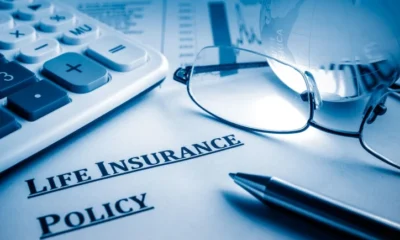
 General8 months ago
General8 months agoBest Insurance Lawyers Near Me for Claim Disputes: Your Ultimate Guide to Legal Assistance
-
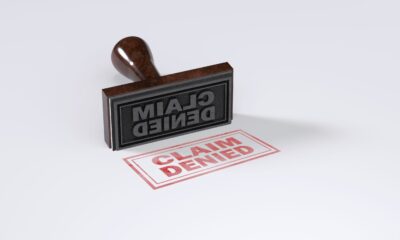
 General8 months ago
General8 months agoNavigating Insurance Claim Denial Lawyers Near Me
-
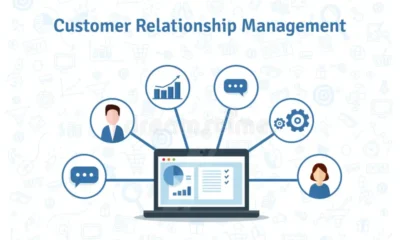
 Design8 months ago
Design8 months agoOutdoor Design Essentials for a Holistic Lifestyle: Integrating CRM Automation for Lifestyle eCommerce Brands
-
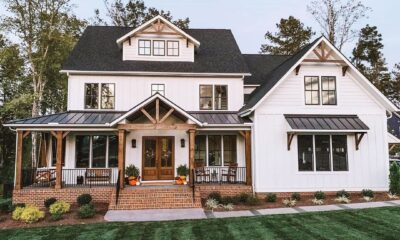
 General8 months ago
General8 months agoWellness Lifestyle and Outdoor Living Integration Tips: Modern Farmhouse Exterior Ideas for Luxury Lifestyle Homes
-

 General8 months ago
General8 months agoThe Best Business Insurance for Interior Designers: A Comprehensive Guide
-

 General8 months ago
General8 months agoCrafting a Comprehensive Guide to Medical Malpractice and Insurance Settlement Law Firms
-

 General8 months ago
General8 months agoHow Exterior Renovations Affect Your Home Insurance Rates: A Comprehensive Guide
-

 General7 months ago
General7 months agoDigital health trends transforming Asia in 2025: A Glimpse into the Future of Healthcare




